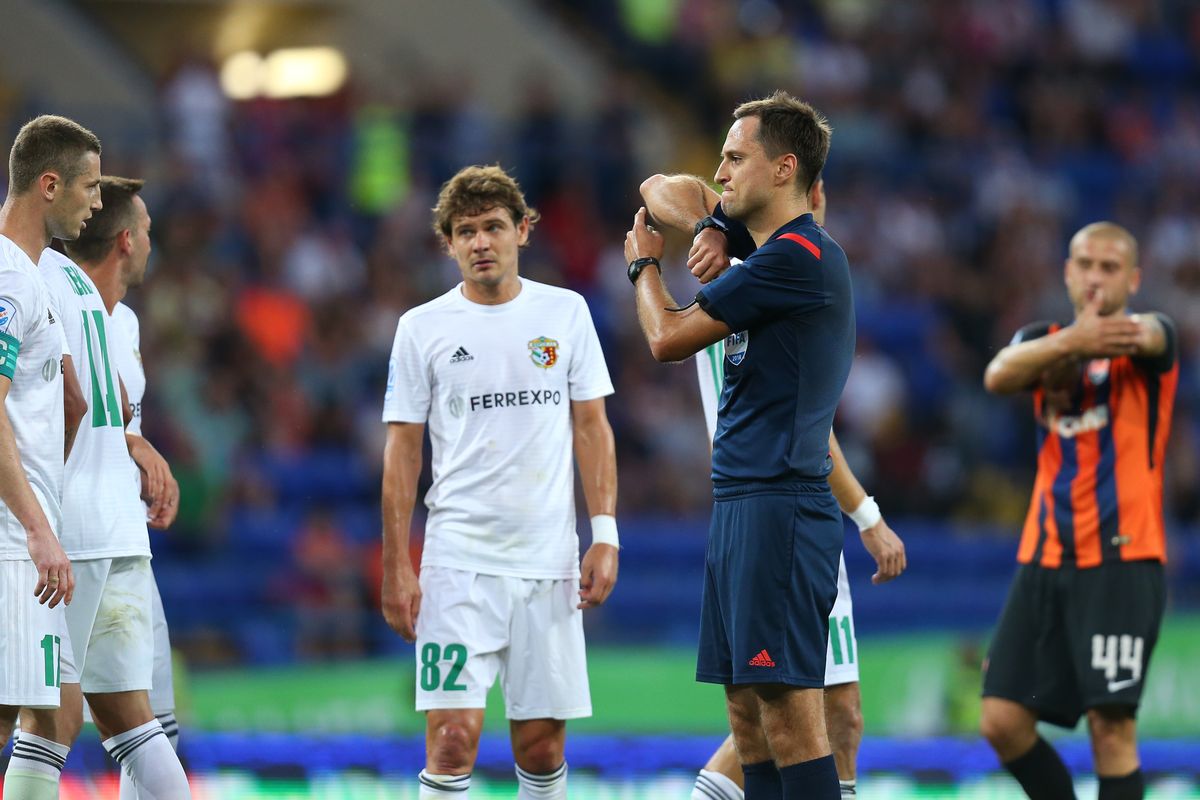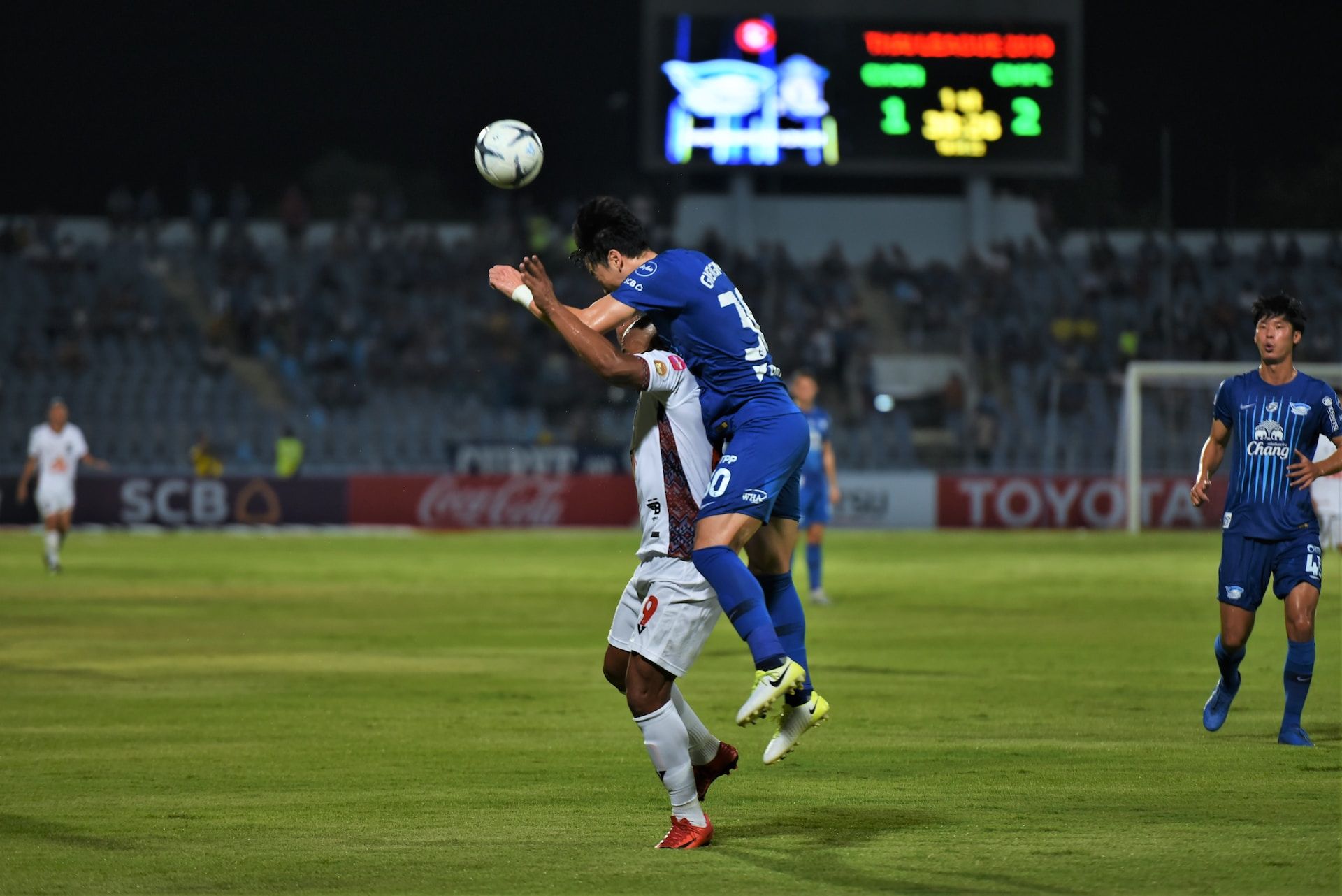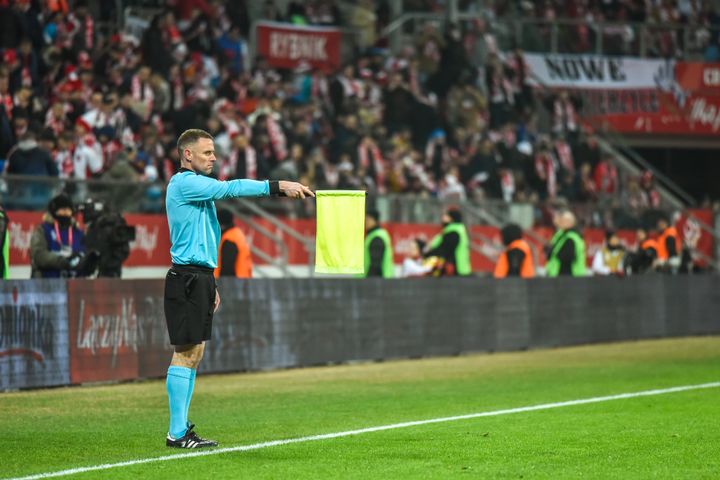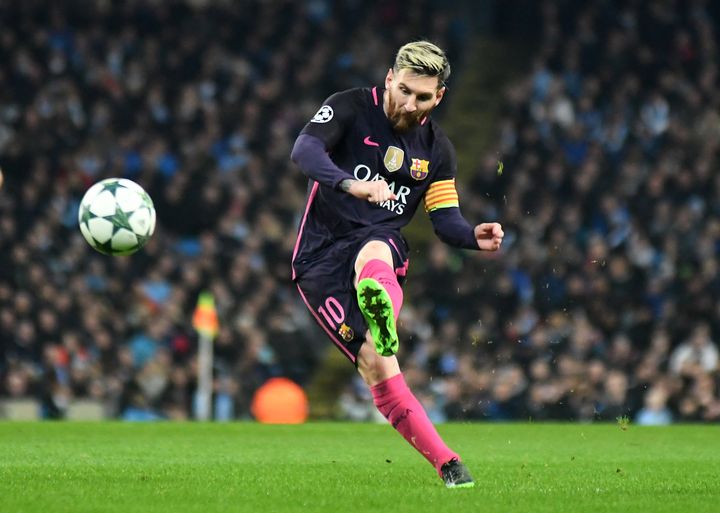Understanding Soccer Handball Rules and FIFA Guidelines

Handball rules in soccer have long been a subject of debate and confusion among players, coaches, and fans. The International Football Association Board (IFAB) plays a crucial role in defining the Laws of the Game, including regulations regarding handball. This article will delve into the historical context, recent changes, and detailed descriptions of handball offenses stipulated by FIFA.
The Role of IFAB in Defining the Laws of the Game
The IFAB, composed of representatives from FIFA and the football associations of England, Scotland, Wales, and Northern Ireland, establishes and oversees the universal soccer rules. This board ensures that soccer leagues worldwide abide by the same regulations, including those about handball. However, uncertainty and gray areas have plagued handball offenses over the years. Interpreting what constitutes a handball has led to inconsistent rulings and created frustration. The lack of clarity has often resulted in contentious decisions, sparking debates in the soccer community. It's difficult for officials to comprehend what represents an infraction and what contact is permitted.
Changes Made by IFAB, Including the "Sleeve Rule"
IFAB has introduced amendments to the handball rule, recognizing the need for more precise guidelines. One significant change, known as the "sleeve rule" (2019), permits contact with the upper arm. The rule reads, "The upper boundary of the arm is in line with the bottom of the armpit." Drawings in the Laws of the Game are here to help with the concept. The modification aims to provide players with more leeway in using their shoulder, reducing the number of handball offenses called for incidental contact with the upper portion of the arm.
Q: Why has the handball rule in soccer been frustrating and difficult?
A: Uncertainty and gray areas exist in determining what constitutes an infraction and what contact is permitted. Varying interpretations and inconsistent rule application across leagues, competitions, and even within the same competitions have added to the frustration.
Detailed Descriptions of Handball Offences
FIFA has outlined specific criteria in its rules to understand handball offenses comprehensively. The regulations state that it is an offense if a player deliberately moves their hand or arm towards the ball or touches the ball with their hand or arm when it has made their body unnaturally bigger. Players risk being penalized when the ball strikes them by unnaturally positioning their hand or arm. The rules also address instances where players score a goal directly from their hand or arm, even if accidental, and when a goal is scored immediately after the ball has touched their hand or arm.
The Absence of a Ball-to-Hand Rule
Unlike some other rules in soccer, such as the offside rule, there is no explicit ball-to-hand rule. This absence means that defensive players are not afforded leniency if the ball makes contact with their hand or arm, regardless of whether it was unintentional or unavoidable. Instead, the focus is placed on determining whether the hand or arm was in an unnatural position or if the player assumed the risk associated with such positioning.
The new handball rules explained.
The Role of Intent in Football Handball Rules: Differentiating Deliberate Offences from Unintentional Situations
The controversies surrounding handball rules in soccer have been amplified in recent years, particularly with the introduction of VAR. The inconsistent application and varying interpretations across leagues, competitions, and games have raised concerns about the fairness and transparency of decision-making.
Handball rules in football are not only about the act itself but also the intent behind it. Understanding the role of intent is crucial in distinguishing deliberate handball offenses from unintentional situations.
Does Intent Matter in Handball Rules?
In the realm of handball offenses, intent plays a pivotal role. While the first bullet point in the Laws of the Game allows referees some discretion to penalize players for intentionally handling the ball, the focus shifts regarding the player's body position and scoring a goal.
Q: Does intent matter in handball rules?
A: According to the rule, intent does not matter in judging handball offenses. Players risk being penalized if their hand/arm is in an 'unnatural' position, regardless of intent.
Unintentional handballs occur when a player's body movement results in an unnatural position of their hand or arm, leading to a risk of being hit by the ball. The rules explicitly state that intent does not matter when players have made their bodies unnaturally bigger. The emphasis is on the risk of having their hand or arm in such a position, irrespective of the intention to handle the ball. This approach ensures that players are accountable for assuming the risks associated with their body movements.
Furthermore, the rules outline exceptions for defensive players who make justifiable movements. For instance, a defensive player sliding to make a block often requires using their arm on the ground for support. Such arm usage is deemed justifiable for that specific body movement, even if extended from the body. A ball striking the support arm would not be considered an "unnatural" position in these cases.

The Focus on Unnatural Body Positions and Associated Risks
The emphasis on unnatural body positions reflects the intention of the handball rule to maintain fairness and uphold the integrity of the game. By penalizing players for assuming unnatural positions, the rules discourage actions that may distort the natural flow of play or provide an unfair advantage. Players are expected to make reasonable movements that align with the game's dynamics, reducing the likelihood of unintended handball incidents.
Exceptions for Defensive Players
Defensive players face unique challenges when it comes to handball offenses. Their movements are often dictated by the necessity to protect the goal or make crucial blocks. The rules acknowledge defensive players' practical limitations, such as sliding to block a shot. In these situations, using an arm for support is justifiable, as executing a slide without arm contact with the ground would be nearly impossible. The exceptions for defensive players strike a balance between penalizing deliberate handballs and considering the practicality of defensive actions.
Q: Is a handball penalized even if the ball deflects off a player's body?
A: In the current rule, a handball is penalized regardless of a deflection off another player's or the same player's body. However, some leagues have different interpretations, and this aspect of the rule may be subject to change.
Under the current handball rule, any contact between the ball and a player's arm or hand is subject to penalization, regardless of whether intentional or accidental. This includes situations where the ball deflects off another player's body before making contact with the arm or hand. However, the interpretation and enforcement of this rule have varied significantly among different leagues, leading to inconsistencies in decision-making.
Varying Interpretations and Controversies
One of the significant issues with the current handball rule is the lack of uniformity. What may be deemed a handball in one league could be considered incidental contact in another. This inconsistency erodes the credibility of the game.
Q: Is there a ball-to-hand rule in soccer?
A: Currently, there is no ball-to-hand rule in soccer. The risk of an unnatural arm position assumes that a defensive player may be penalized for a ball hitting their arm, regardless of their ability to react in time.
Several leagues and governing bodies have taken steps to address these concerns. The Premier League, for instance, has issued guidelines that exempt deflections as handball offenses. This more lenient approach recognizes that deflections can occur naturally during the course of the game and should not automatically result in penalties. Such revisions aim to strike a balance between maintaining the integrity of the game and allowing for reasonable deflections beyond players' control.
Future Revisions and Collaborative Efforts
The criticisms surrounding handball offenses and deflections have sparked discussions within the soccer community about the need for revisions. Collaborative efforts among different leagues and governing bodies are crucial to ensure a more unified approach to handball offenses. Sharing best practices and working towards a consensus will help establish a more straightforward and more consistent interpretation of the rule across all game levels.
How UEFA Handball Rules Differ
UEFA, the governing body for European soccer, has introduced specific guidelines for the 2023/24 season to address handball offenses concerns. These guidelines aim to relax the enforcement of handball offenses related to deflections, recognizing that these incidents often occur without intent or control. Additionally, UEFA proposes reducing the severity of punishment for handball-related infractions by revising the criteria for issuing yellow and red cards. Furthermore, UEFA has petitioned the International Football Association Board (IFAB) to consider incorporating intent when determining automatic red cards for denying a goalscoring opportunity through handball.
UEFA president Aleksander Ceferin: "Nobody in the world understands when there's hand LikeWe had the best coaches in the world in the room. We showed them a situation for interpreting and of a player, and we said penalty or no penalty; half said penalty, and half said no penalty. Those are coaches of the best teams in the world. I think the referee on the pitch should decide because otherwise, we don't need a referee any more. We can have a machine that says handball or no handball, which I don't like. I don't like it. We have to, and we will start working on that to tell the referees that they have to decide if it's a natural move or not, and so on."
Summary
Handball rules in soccer have been frustrating and confusing due to uncertainty and varying interpretations. The International Football Association Board (IFAB) is responsible for defining the Laws of the Game, including regulations concerning handball. To provide more precise guidelines, IFAB introduced the "sleeve rule," allowing contact with the upper arm. FIFA has outlined specific criteria for handball offenses, penalizing players for deliberate movements or making their bodies unnaturally bigger. Intent does not matter in judging handball offenses; the focus is on unnatural body positions and associated risks. Defensive players have exceptions for justifiable movements. The absence of a ball-to-hand rule means that any contact with the hand or arm can be penalized. However, different leagues have implemented their interpretations, leading to inconsistencies. Efforts are being made to revise and unify the handball rule, including guidelines by UEFA for the 2023/24 season and collaborative discussions among leagues and governing bodies.




